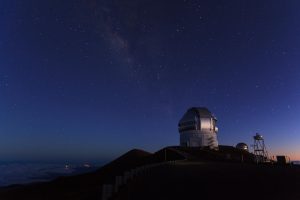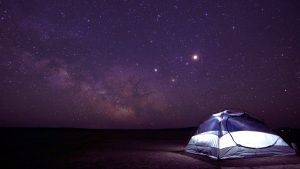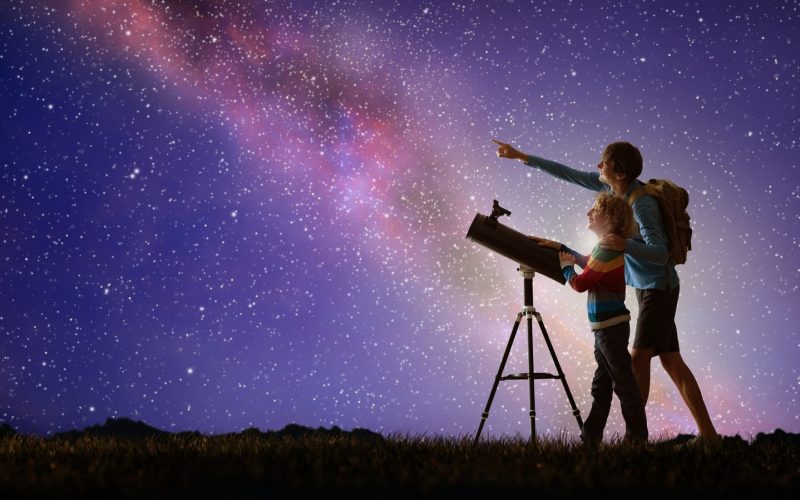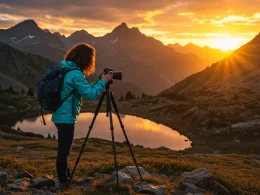Stargazing is an ancient practice that has captivated humans for millennia. As our ancestors once looked up to the night sky for navigation and storytelling, modern stargazers seek out dark skies to connect with the cosmos and witness the universe’s grandeur. This article explores the best destinations for stargazing, offering insights into locations that provide optimal conditions for observing celestial wonders.
Stargazing is more than a hobby; it is a profound experience that allows individuals to contemplate the vastness of the universe and our place within it. The best destinations for stargazing are typically remote locations with minimal light pollution, clear skies, and favorable weather conditions. These factors contribute to an unobstructed view of the night sky, making it possible to see stars, planets, and other celestial phenomena in their full glory.

Best Destinations for Stargazing
Before delving into specific locations, it is essential to understand the criteria used to determine the best destinations for stargazing. These criteria include:
- Dark Skies: The absence of artificial light is crucial for stargazing. Dark Sky Parks and Reserves, designated by the International Dark-Sky Association (IDA), are ideal locations.
- Altitude: Higher altitudes generally offer clearer skies and less atmospheric interference, making mountain regions prime spots for stargazing.
- Weather Conditions: Consistently clear skies are necessary for uninterrupted stargazing. Regions with dry climates and low humidity are preferable.
- Accessibility: While remote locations are often the best for stargazing, accessibility is a consideration for travelers. Proximity to accommodations and amenities can enhance the overall experience.
Best Destinations for Stargazing Around the World
Mauna Kea, a dormant volcano on the Big Island of Hawaii, is one of the premier stargazing destinations in the world. At an elevation of 13,796 feet, it offers an unparalleled view of the night sky. The summit is home to some of the world’s most advanced telescopes, making it a hub for astronomical research. Visitors can join guided stargazing tours or visit the Mauna Kea Visitor Information Station for public stargazing programs.
Atacama Desert, Chile
The Atacama Desert in northern Chile is renowned for its clear, dark skies and minimal light pollution. The region’s dry climate and high altitude create ideal conditions for stargazing. The ALMA Observatory, one of the largest astronomical projects in the world, is located here. San Pedro de Atacama, a nearby town, offers various stargazing tours and accommodations for visitors.
Aoraki Mackenzie, New Zealand
Aoraki Mackenzie International Dark Sky Reserve in New Zealand’s South Island is a stargazer’s paradise. The reserve covers an area of 4,300 square kilometers and includes the Aoraki/Mount Cook National Park. The region’s low light pollution and clear skies make it an excellent location for observing the Southern Hemisphere’s unique celestial objects. The Mount John Observatory, located within the reserve, offers guided tours and stargazing experiences.
Jasper National Park, Alberta, Canada
Jasper National Park in Alberta, Canada, is a designated Dark Sky Preserve by the Royal Astronomical Society of Canada. The park’s vast wilderness and minimal light pollution provide an exceptional stargazing environment. The annual Jasper Dark Sky Festival attracts astronomers and stargazing enthusiasts from around the world. Visitors can participate in guided stargazing tours and educational programs.
Namib Desert, Namibia
The Namib Desert in Namibia is one of Africa’s best stargazing destinations. The desert’s remote location, clear skies, and low light pollution create perfect conditions for observing the night sky. The NamibRand Nature Reserve, a designated Dark Sky Reserve, offers various stargazing activities, including guided tours and accommodation options that cater to stargazers.
La Palma, Canary Islands, Spain
La Palma, one of Spain’s Canary Islands, is known for its pristine night skies and astronomical observatories. The island’s high altitude and low light pollution make it an ideal location for stargazing. The Roque de los Muchachos Observatory, situated at an elevation of 7,874 feet, is one of the best places to observe celestial phenomena. La Palma also hosts the annual Starmus Festival, attracting renowned astronomers and astrophysicists.
Uluru, Northern Territory, Australia
Uluru, also known as Ayers Rock, is a significant cultural and natural landmark in Australia’s Northern Territory. The remote location and minimal light pollution make it an excellent destination for stargazing. Visitors can join guided stargazing tours that offer insights into Aboriginal astronomy and the region’s unique night sky.
Death Valley National Park, California, USA
Death Valley National Park in California is one of the darkest places in the United States, making it an exceptional stargazing destination. The park’s vast, open landscapes and clear skies provide an unobstructed view of the night sky. The Furnace Creek area offers stargazing programs and ranger-led astronomy talks.

Sossusvlei, Namibia
Sossusvlei, located in the Namib Desert, is another top stargazing destination in Namibia. The region’s iconic red sand dunes and clear skies create a stunning backdrop for stargazing. The Sossusvlei Desert Lodge offers luxury accommodations and guided stargazing experiences.
Galloway Forest Park, Scotland
Galloway Forest Park in Scotland is the first Dark Sky Park in the United Kingdom. The park’s remote location and low light pollution make it an excellent destination for stargazing. Visitors can explore the park’s observatories and participate in guided stargazing events.
Conclusion
Stargazing is a timeless activity that allows individuals to connect with the universe and appreciate its beauty. The best destinations for stargazing offer dark skies, clear weather, and unique astronomical experiences. Whether you are an amateur astronomer or a seasoned stargazer, these locations provide the perfect setting to observe the wonders of the night sky. From the volcanic peaks of Hawaii to the deserts of Namibia, the world is full of incredible stargazing destinations waiting to be explored.












